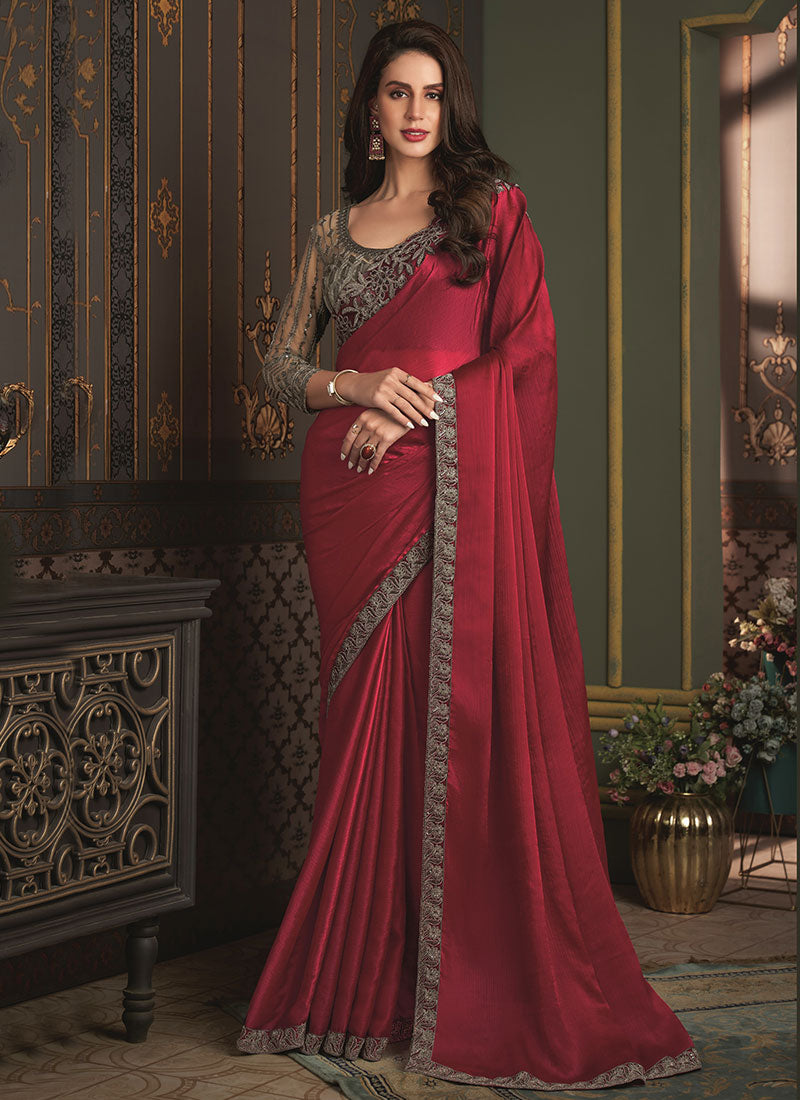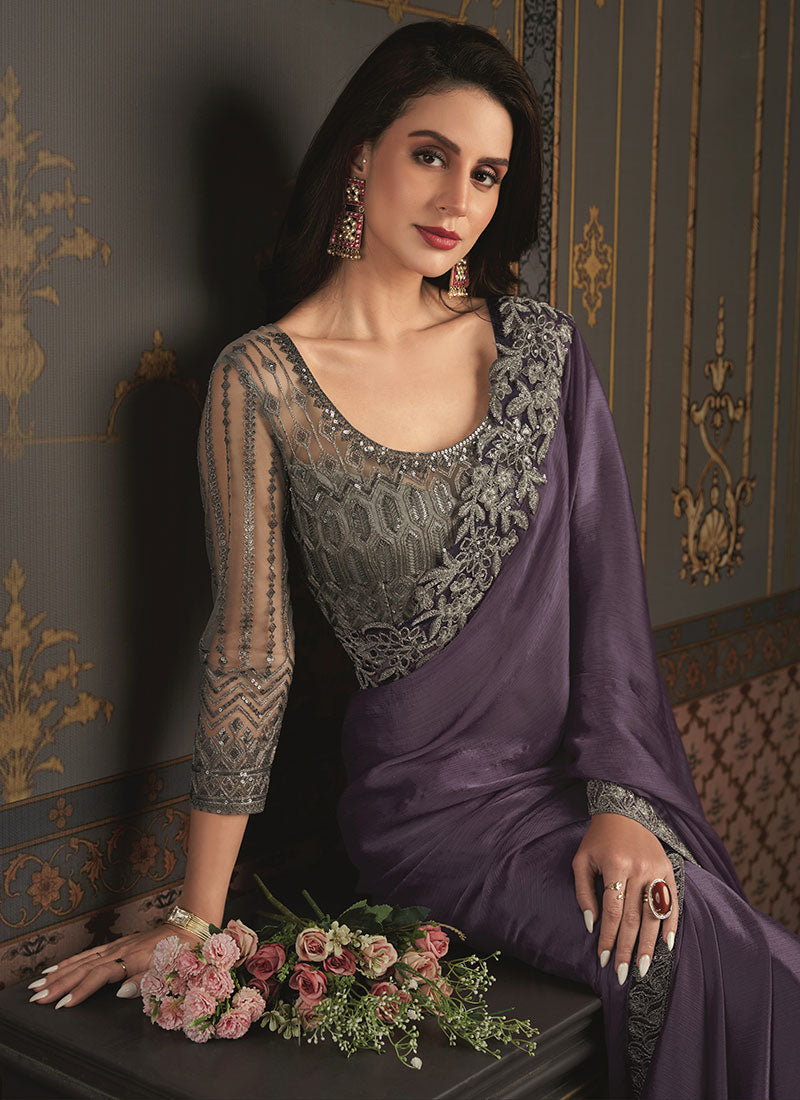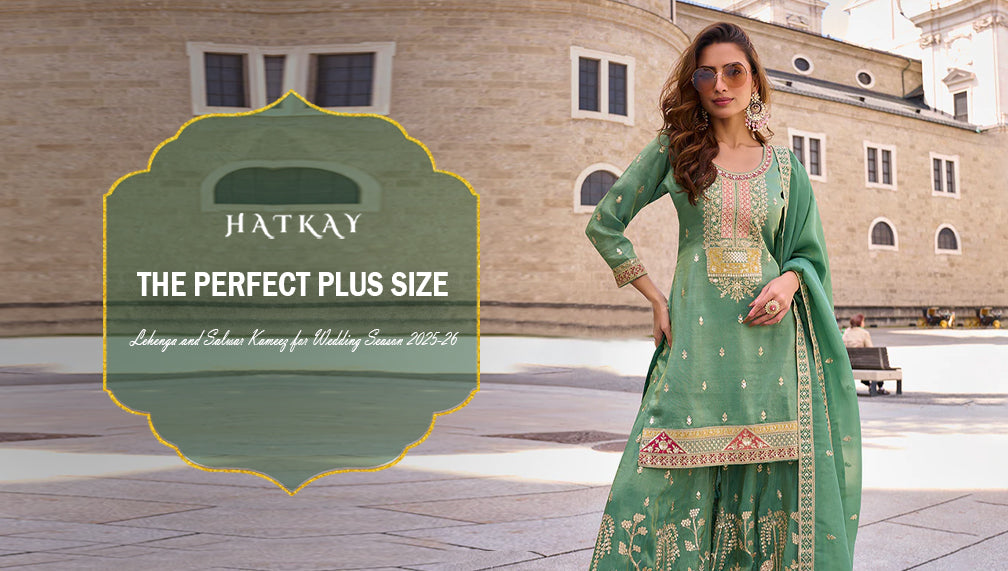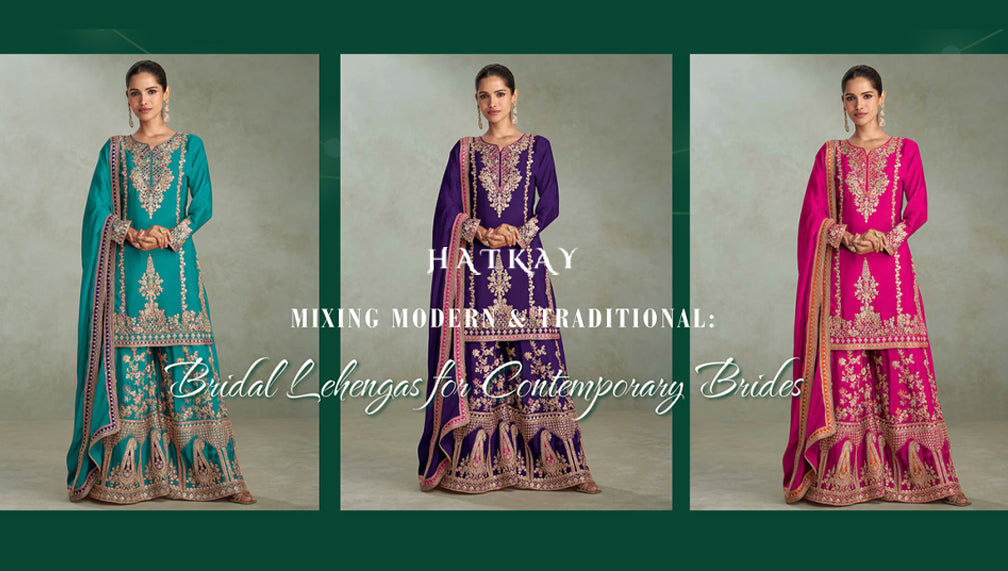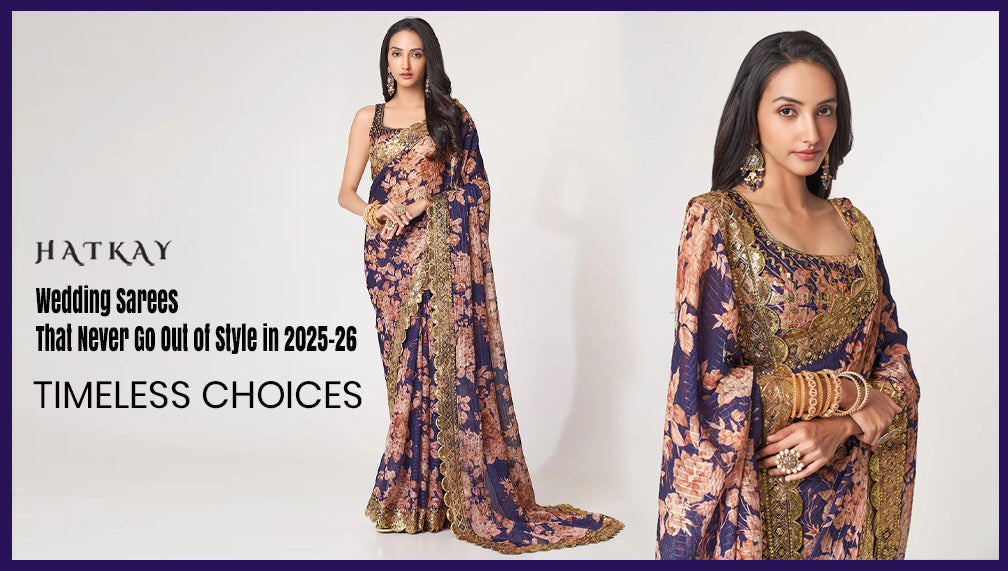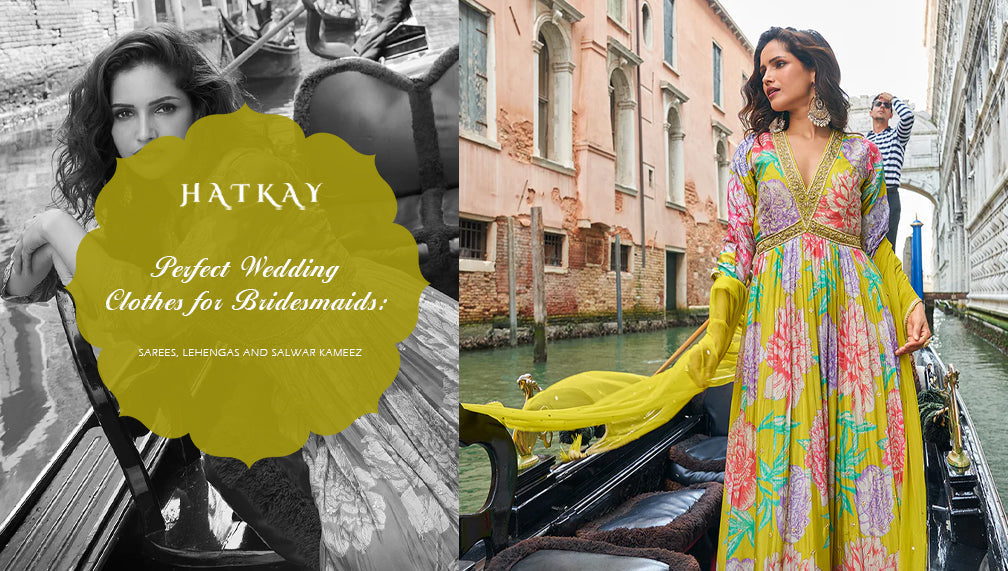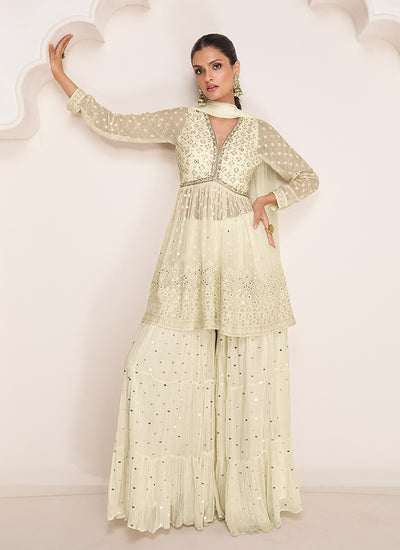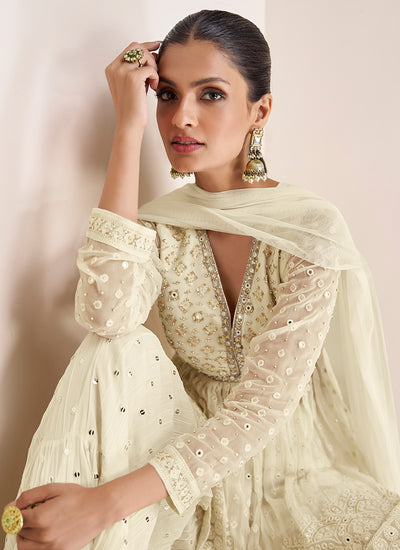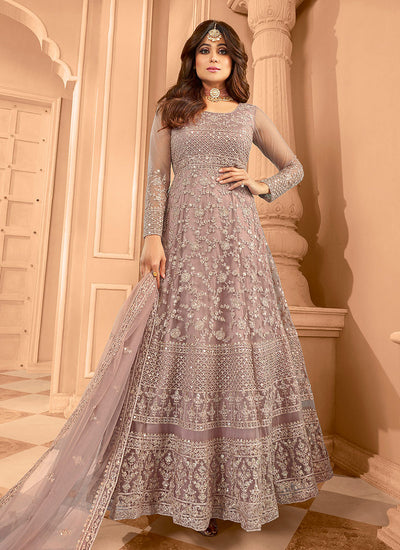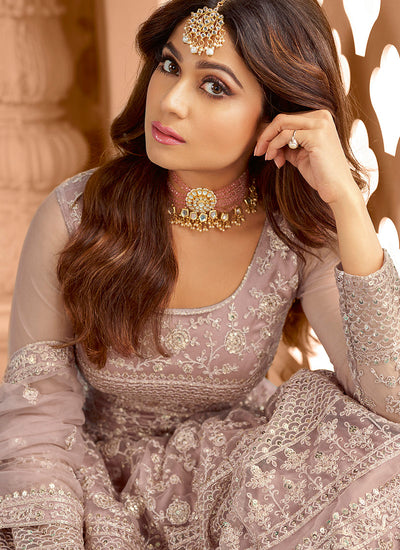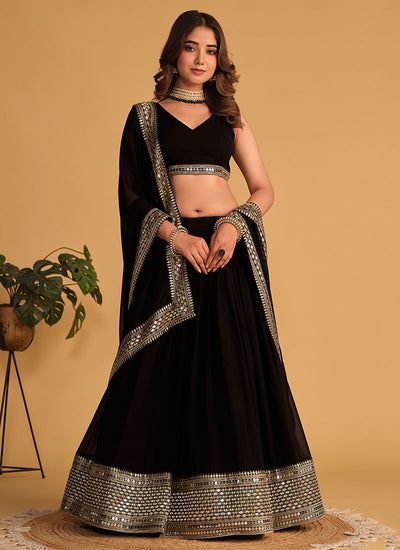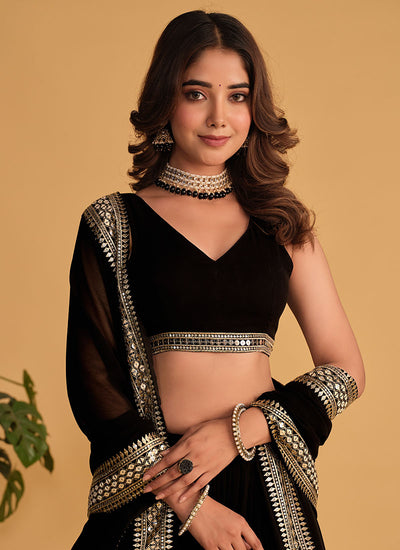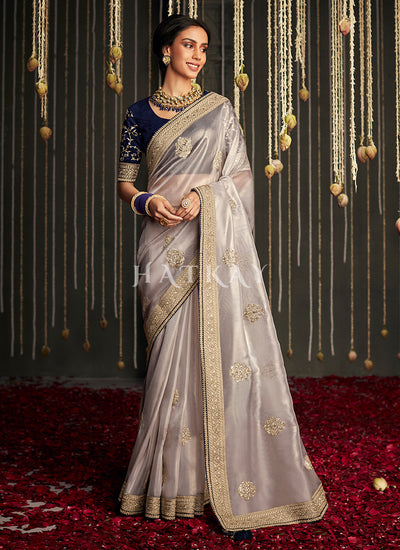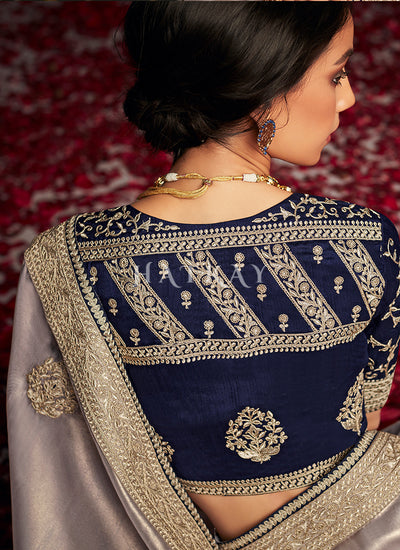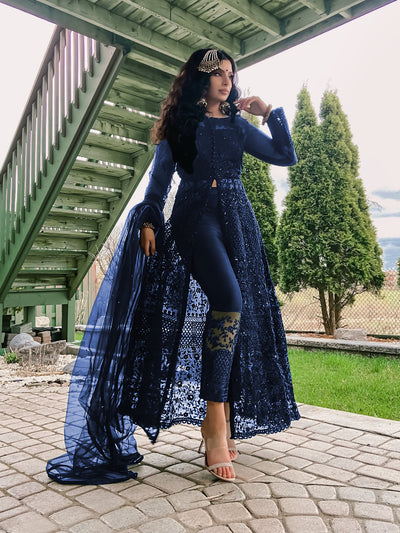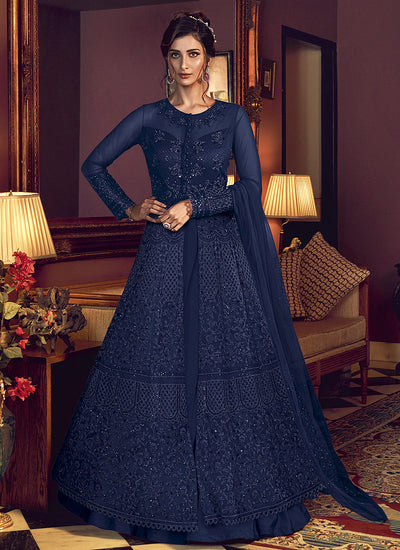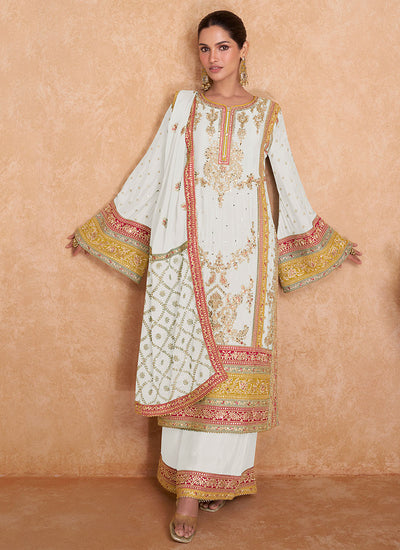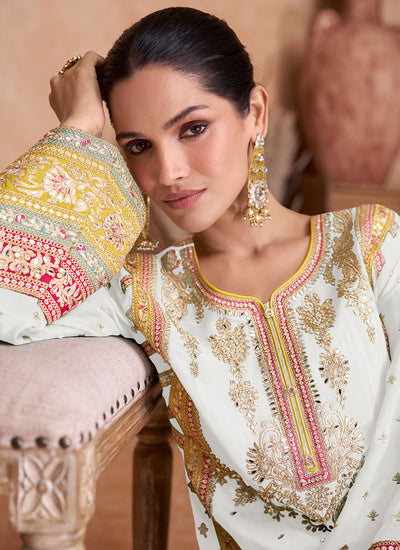
Exploring the Diversity: A Comprehensive Guide to the Types of Sarees
The saree, a quintessential Indian garment, is a symbol of grace, elegance, and cultural heritage. With its origins dating back thousands of years, the saree has evolved into myriad styles, each reflecting the unique traditions and craftsmanship of its region. In this comprehensive guide, we will delve into the diverse world of sarees, exploring their types, origins, and distinctive features.
1. Traditional Silk Sarees:
- Kanjeevaram Saree: Originating from the town of Kanchipuram in Tamil Nadu, Kanjeevaram sarees are renowned for their rich silk fabric, vibrant colors, and intricate zari work. These sarees often feature traditional motifs inspired by temples, nature, and mythology.
- Banarasi Saree: Hailing from the city of Varanasi in Uttar Pradesh, Banarasi sarees are prized for their opulent silk fabric and exquisite brocade work. They are adorned with intricate patterns such as floral motifs, paisleys, and geometric designs, woven using gold or silver zari threads.
2. Regional Variations:
- Paithani Saree: Native to Maharashtra, Paithani sarees are characterized by their lustrous silk fabric and richly woven borders. They feature intricate peacock and lotus motifs, along with vibrant colors such as green, purple, and magenta.
- Chanderi Saree: Originating from the town of Chanderi in Madhya Pradesh, Chanderi sarees are known for their lightweight texture and sheer muslin fabric. They are embellished with traditional buttis (small motifs) and intricate brocade borders.
3. Handloom Sarees:
- Tussar Silk Saree: Crafted from wild silk produced by silkworms found in forest trees, Tussar silk sarees are prized for their natural sheen and earthy texture. They feature tribal-inspired motifs and are often dyed in rich, earthy tones.
- Handloom Cotton Saree: Handwoven by skilled artisans using traditional techniques, handloom cotton sarees are known for their lightweight and breathable fabric. They come in a variety of designs, including checks, stripes, and geometric patterns.
4. Contemporary Styles:
- Designer Sarees: With the fusion of traditional craftsmanship and modern aesthetics, designer sarees offer a contemporary twist to traditional attire. They feature innovative drapes, unconventional fabrics, and unique embellishments, catering to the preferences of modern women.
- Half and Half Saree: Characterized by contrasting colors and fabrics in the upper and lower halves, half and half sarees offer a modern take on traditional draping styles. They are popular for weddings, receptions, and other special occasions.
In conclusion, sarees encompass a vast spectrum of styles, each bearing the hallmark of its region's heritage and craftsmanship. From the regal elegance of silk sarees to the rustic charm of handloom weaves, sarees hold a special place in Indian culture and fashion. Whether worn for festive celebrations, weddings, or everyday wear, the saree continues to evolve, reflecting the ever-changing tastes and preferences of contemporary women. As we celebrate the diversity of sarees, we also pay homage to the artisans whose skill and creativity breathe life into these timeless garments.
Purchase Indian clothes such as Salwar Kameez, Indian Sarees, Lehenga Choli, Anarkali Suits, Punjabi Suits, and more from Hatkay today at the most competitive market prices.













